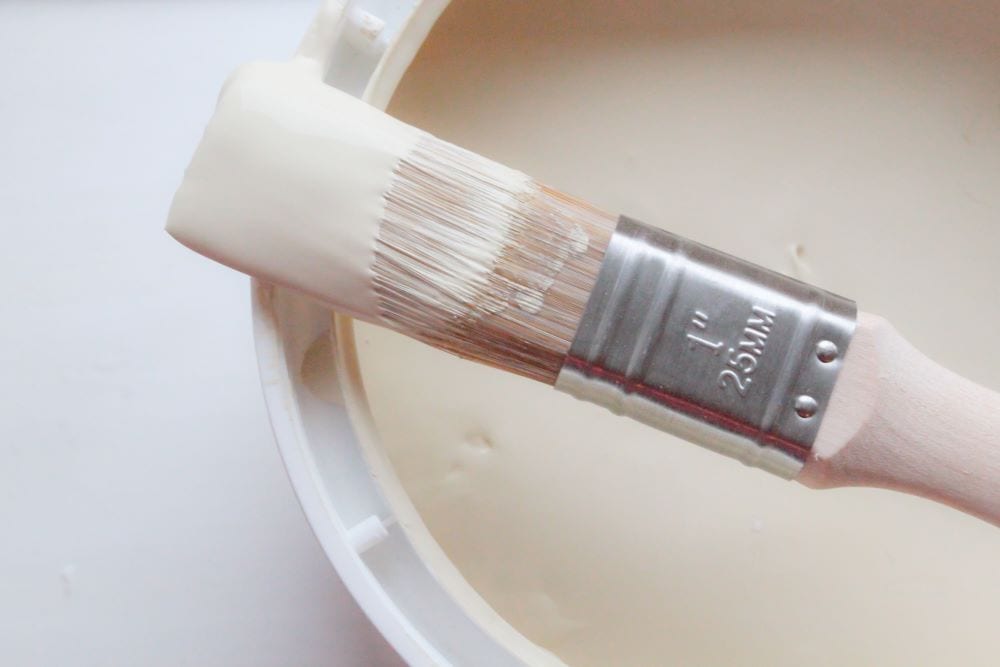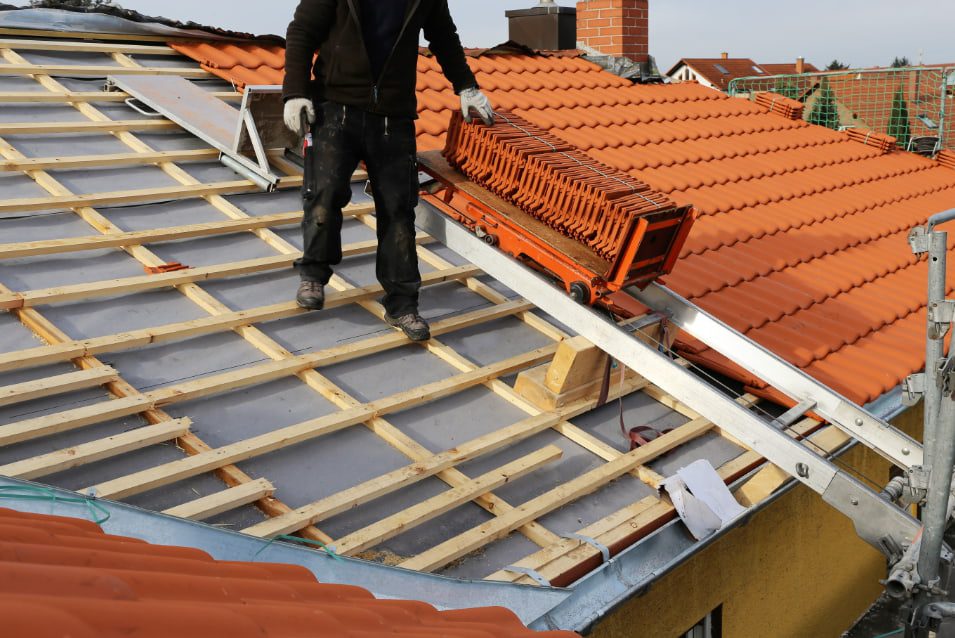The 10 Most Common VOCs: Are They in Your Home?


@upyanose / Twenty20
You probably don’t think twice before lighting some mood candles or polishing the living room floor. Yet, surprisingly, these seemingly innocent household products are full of potentially harmful chemicals that you should be on the lookout for.
These products — which include plastics, cleaning supplies and even mothballs — contain volatile organic compounds (VOCs). Honeywell describes VOCs as chemicals that are emitted from many different sources and are up to 10 times more harmful indoors, especially for children.
Don’t panic; you can easily remove VOCs from (or reduce them in) your home. The first step is to store products containing VOCs outside the house, such as an outdoor shed or the garage. If you need to use a product that has VOCs, various air filtration options can decrease consumption and manage your health.
If you’re convinced that completely ridding your home of hazardous chemicals is the way to go, many green or VOC-free products are available as alternatives. Below are the 10 most common VOCs in a typical American household, where they come from, and solutions for replacing or removing them.
10 Most Common VOCs
Acetone
Found in: nail polish remover, furniture polish and wallpaper
Alternatives: Acetone-free nail polish remover is actually healthier for your nails as well as the air you breathe. You shouldn’t have to sacrifice your health for freshly painted nails, so by using a product that has a different solvent (such as alcohol) you’re heading in a VOC-free direction. The same goes for furniture polish; several water-based substitutes get the job done.
Benzene
Found in: paint, glue, carpeting and emissions from gasoline combustion
Alternatives: Benzene-free paint and glue are widely available.
Butanal
Found in: emissions from barbecues, burning candles, stoves and cigarettes
Alternatives: Don’t smoke — and try to avoid smokers or inhaling secondhand smoke. Also, most stoves containing butanal include camping or outdoor stoves, which are always better used outside. Beeswax, soy-based and cotton-wicked candles are safest to burn and still provide a nice ambiance.
Carbon Disulfide
Found in: chlorinated tap water
Alternatives: If your family drinks tap water, the best way to avoid this VOC is to have a charcoal or carbon-filtration system such as a Brita.
Dichlorobenzene
Found in: mothballs and deodorizers
Alternative: Skip the mothballs when storing your out-of-season clothing, and use cedar chips, air-tight containers or garment bags instead. The scent of lavender also helps keep moths away.
Ethanol
Found in: glass cleaners, dishwasher detergents and laundry detergents
Alternative: When using a cleaning product indoors that contains ethanol, be sure to open windows or create an effective air-filtration system that will absorb the chemicals.
Formaldehyde
Found in: floor lacquers and certain molded plastics
Alternative: A number of water-based polyurethane finishes are strong and low-toxic, as are natural plant-chemistry-based floor finishes. To be truly safe, it’s best to exclude as much plastic as possible from your daily life, but using BPA-free plastics is the safest bet.
Terpenes
Found in: fragrant products such as soap or laundry detergents
Alternative: Many natural or citrus-based products are available that can be substituted for scented soap or detergent that emits terpenes.
Toluene
Found in: paint
Alternative: Before you add a fresh coat of paint in your home, check to see whether it contains toluene. If it does, open a window to allow air to circulate through the room. Paint any furniture or DIY projects outside or in the garage (with the door open) to prevent emitting harmful VOCs.
Shop These Products Now: Garden Watering Pot – Pegboard Organizer
Xylene
Found in: traffic emissions and idling cars
Alternative: Xylene is unavoidable when you’re out on the road, so keep your windows rolled up when you’re driving in heavy traffic, and never leave your car running in the garage. If you come into contact with a product that contns xylene, it’s best to wear protective mouth and eye gear or gloves.



